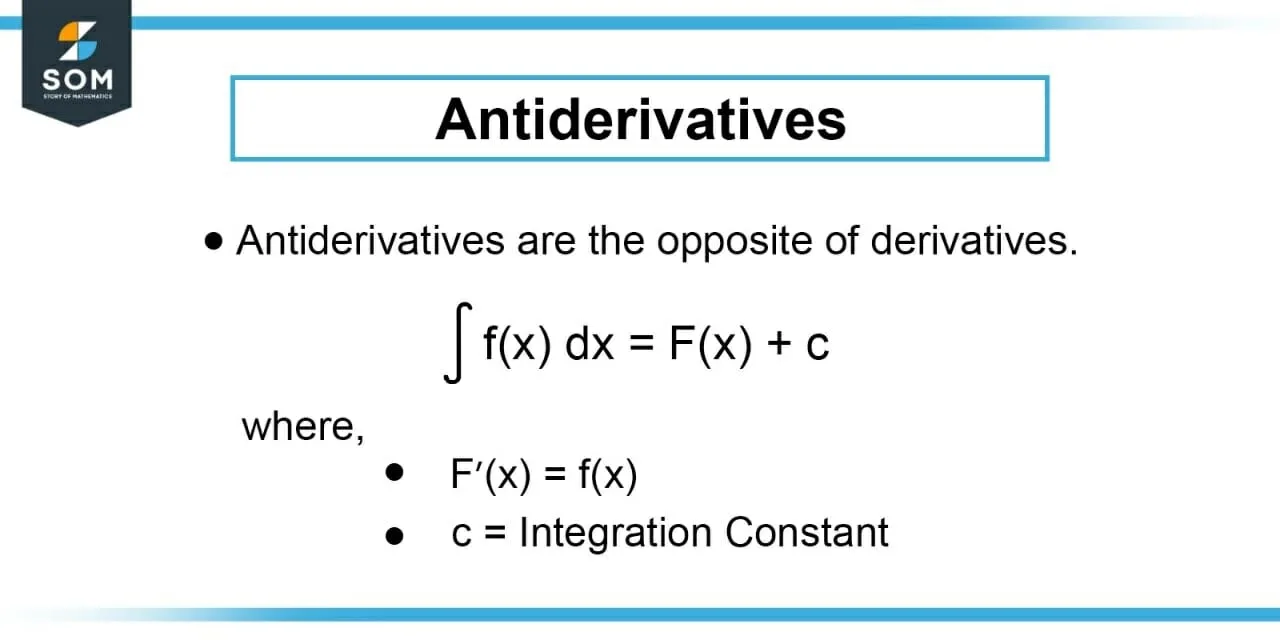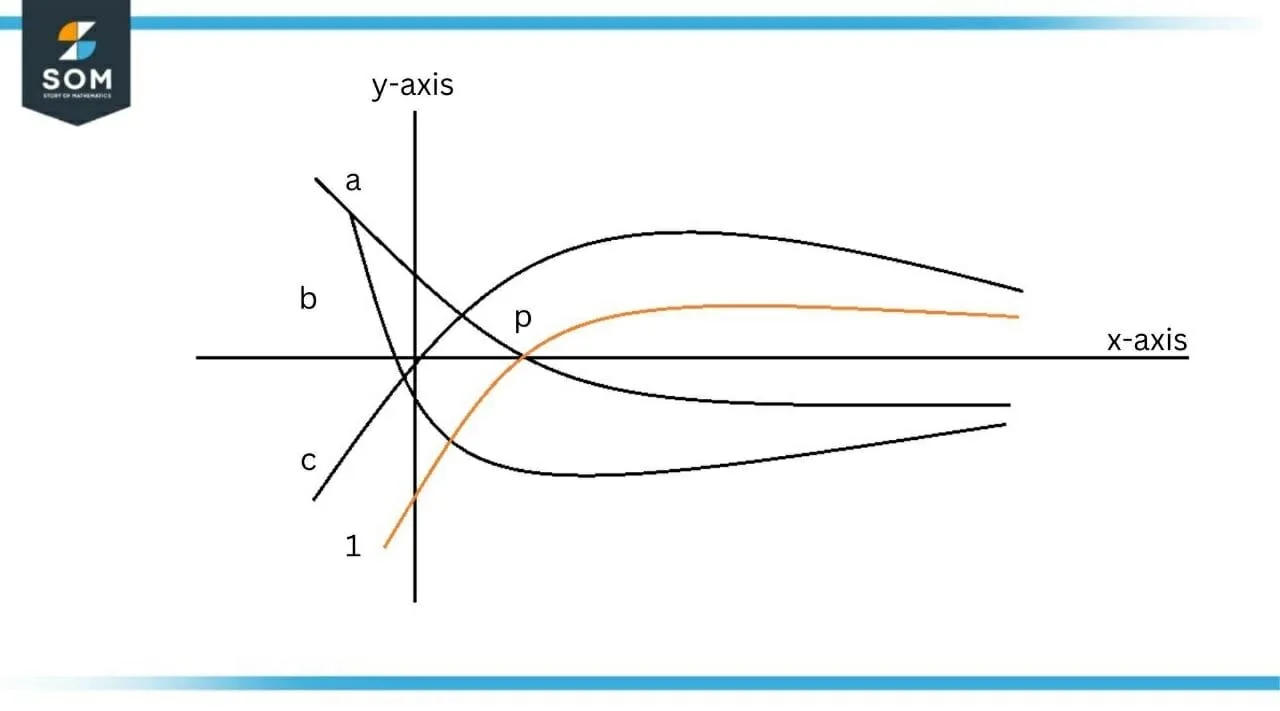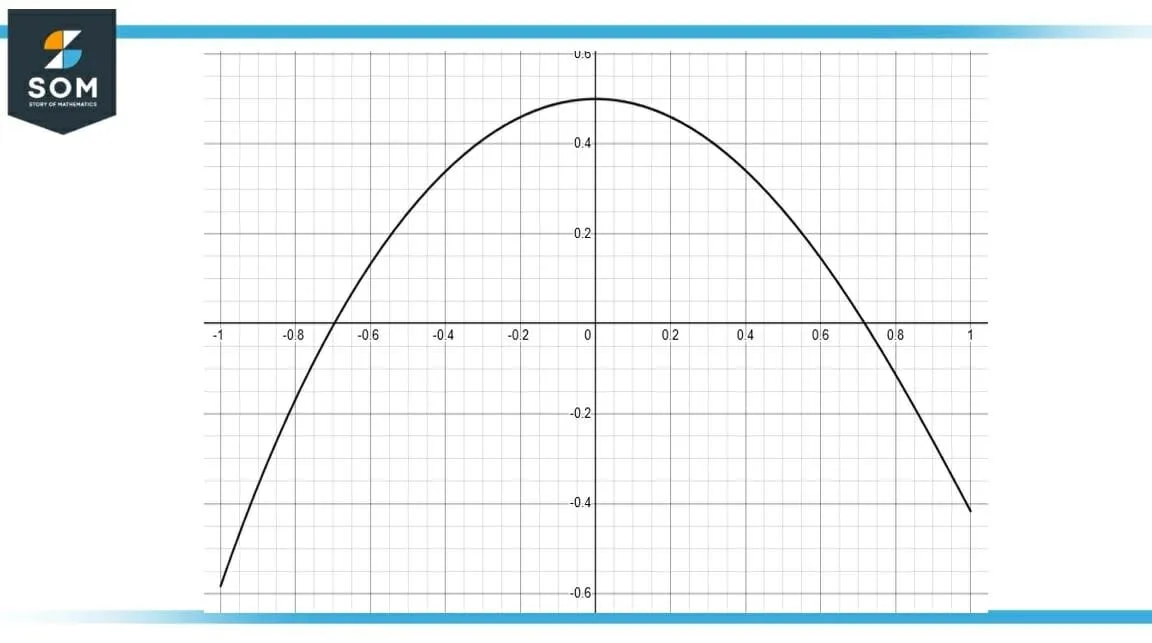 This question explains the concept of antiderivative and how to draw its graph from the function graph.
This question explains the concept of antiderivative and how to draw its graph from the function graph.
The antiderivative of a function is the indefinite integral of the function. If we take its derivative, it will give out the original function. The derivative and antiderivative or indefinite integral are inverse of each other. The derivative of any function is a unique value while the antiderivative or integral is not unique.

Figure-1 : Antiderivatives
Expert Answer:
Antiderivative
The graph of function

Figure-2 : Graph of Function f
Some determined rules of calculus need to be understood for this concept:
Step 1: When the graph of a function is below
Step 2: When the graph of a function is above
Step 3: When the graph intercepts
Step 4: When the graph of function changes direction while remaining on the same upper or lower axis, the graph of antiderivative changes concavity.
Following the steps above, our function starts below
At point
Numerical Results:
The given function in the problem is:
And we need to find the antiderivative of
If we take the derivative of function
Example:
We are given a function’s graph shown in

Figure-3 : Slope of f
As
Starting from
The function

Figure-4 : Antiderivative of Function f
An approximation of the antiderivative for this has been shown in Figure 2. Although this is the correct representation of the antiderivative of function
Images/mathematical drawings were created by Geogebra.
